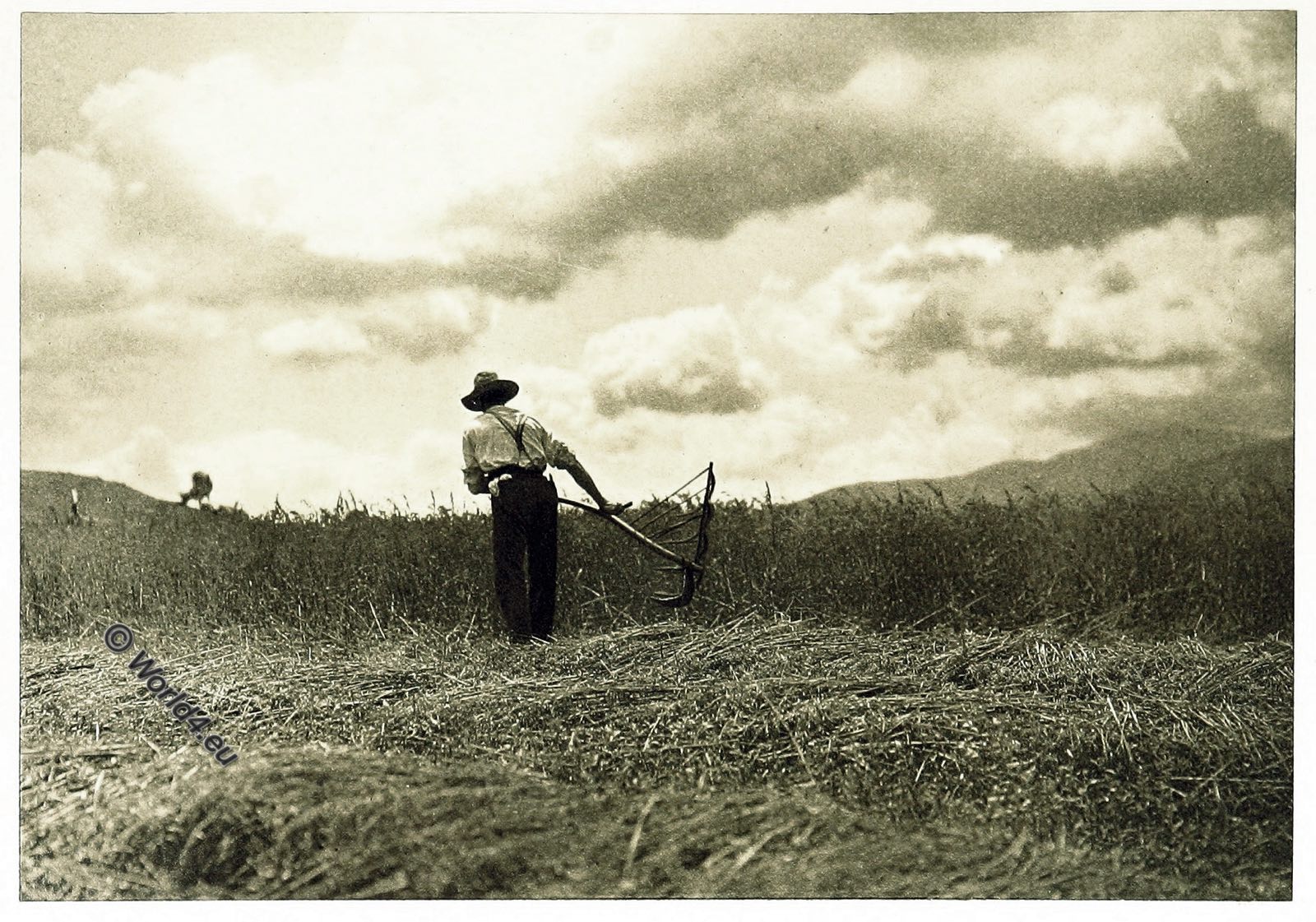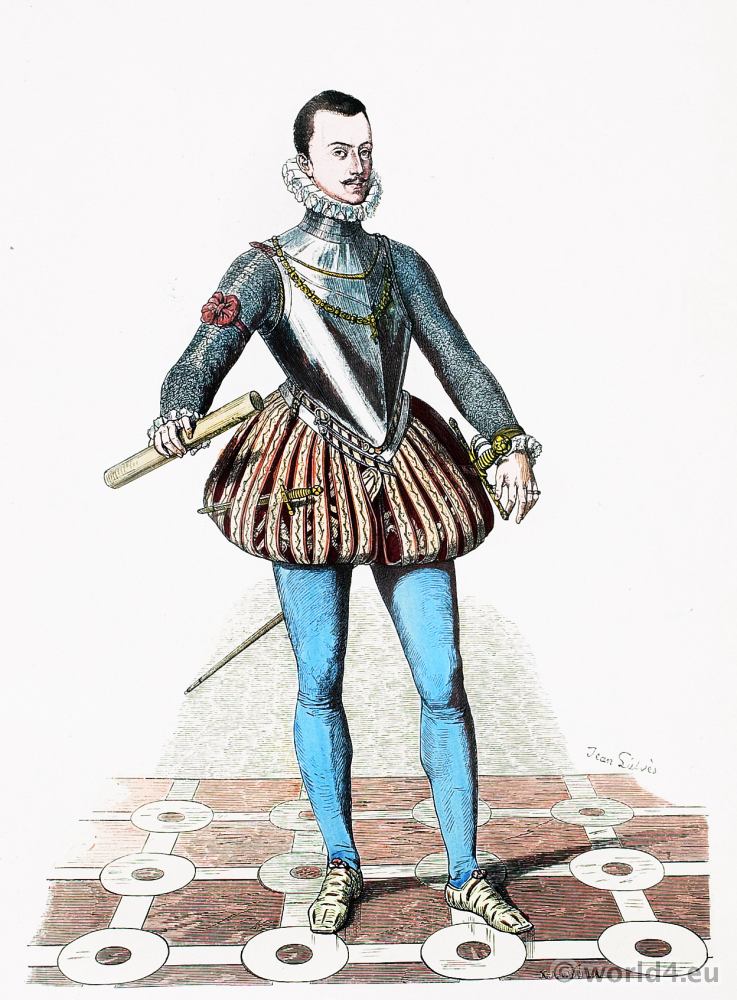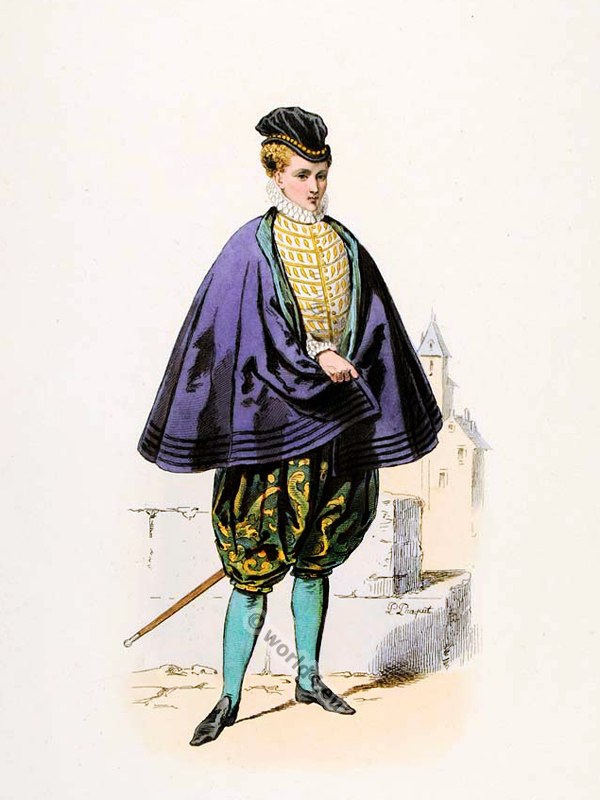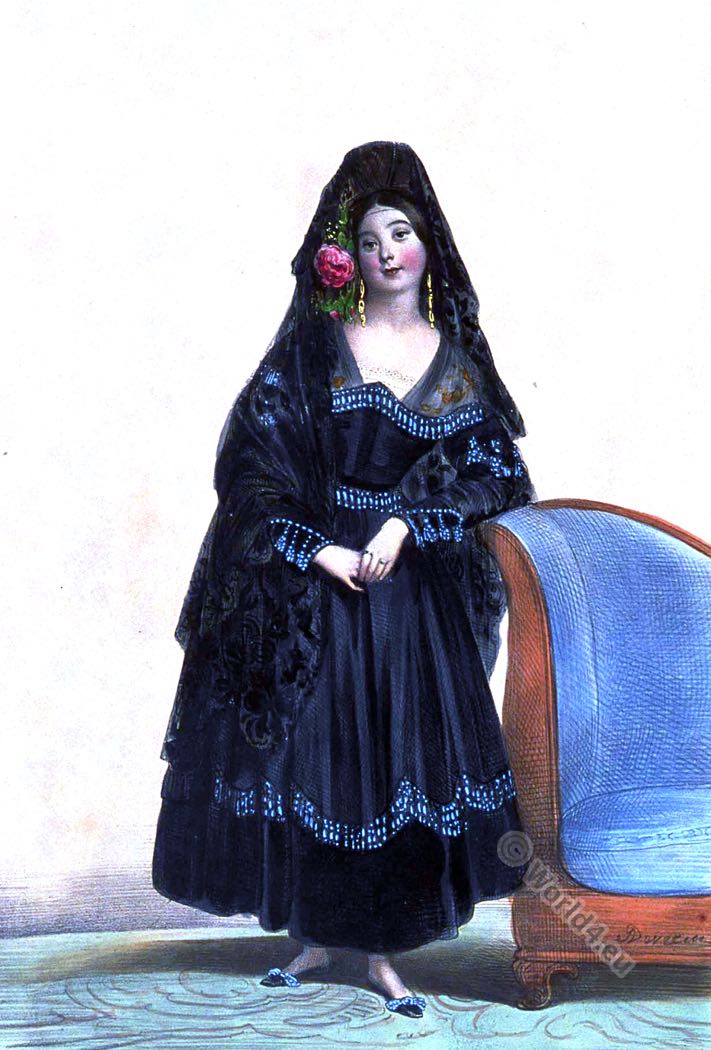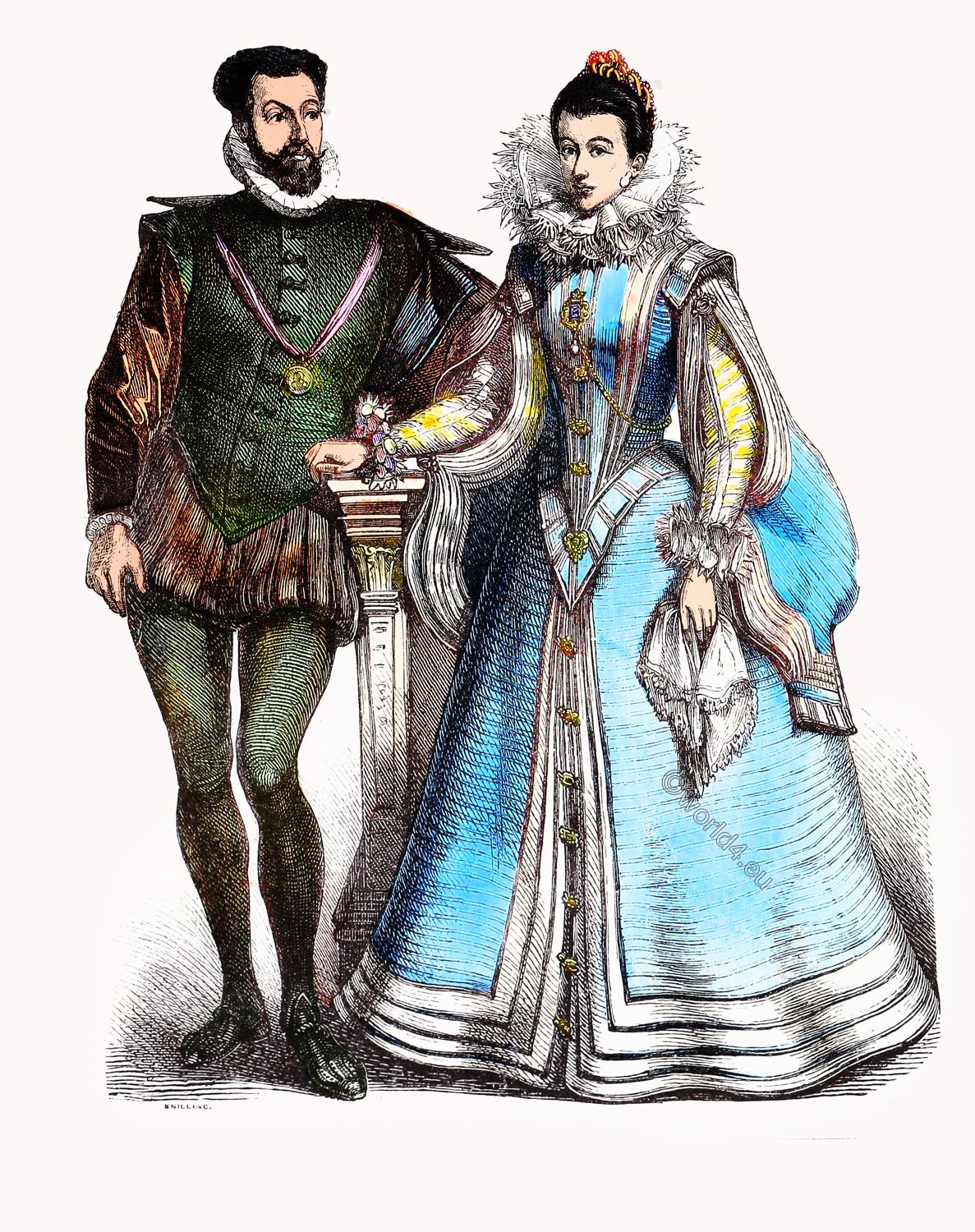Spanish lady and Attendant, going to Mass.
The Spanish Ladies, whose charms have been so often celebrated in romance, have in reality great personal attractions.
Their complexion, though generally dark, is clear, their features regular, their persons well proportioned, and their air peculiarly graceful.
Notwithstanding a general fashion has been introduced amongst people of rank throughout Europe, a distinct dress, wholly Spanish, and such as prevailed before the accession of the Bourbon family, is still retained, not only by those of inferior degree to the nobility, but by some of the nobility also, and particularly in the provinces at a distance from the capital.
The female attire of the description alluded to, is represented in the sketch. Its peculiarity consists in a mantilla, or veil of lace, and in a satin dress, ornamented with velvet, over which is worn a body of lace, reaching nearly to the knees, and fringed with silken cords. A coloured habit of this fashion is sometimes used, but black is more general, and always worn at mass.
The young Ladies are accompanied to their devotions by aged attendants.
Gallery: The Peninsula War.
Source: Sketches of the country, character, and costume, in Portugal and Spain, made during the campaign, and on the route of the British Army, in 1808 and 1809.
Related:
- Suisse costumes nationaux
- Traditional French national costumes.
- Tyrolean national costumes 1835.
- Souvenir de L’Exposition Universelle de Vienne.
- Costumes of Japan and Java.
- Historical Asia costumes by Auguste Wahlen.
- Our islands and their people. Hawaii, Philippines, Puerto Rico, Cuba.
- Costumes of all countries by Alexandre Lacauchie 1850s.
- Historical and folk costumes by Franz Lipperheide.
- The costume of Turkey. Ottoman Empire 18th century.
- Traditional Dutch national costumes.
- The Switzerland national costumes of 17th ‚18th, 19th century originals.
- Folk dresses from Norway, Dutch, Germany and Hungaria.
- Mexico by Carl Nebel 1836.
- Provincial Russia. Costume and Culture.
- Costume of the Russian empire by Edward Harding.
- Serbian national costumes by Vladimir Kirin.
- Historical European costumes by Auguste Wahlen.
- The Highlanders of Scotland, 1870.
- Costumes and scenery of Afghanistan.
- Views of Darjeeling: With typical native portraits and groups.
- Africa, the landscape and the people 1931.
- Historical costumes from Africa, America and Oceania.
- Traditional folk costumes of Italy and France in 1821.
- The Serbs in the Adriatic. Their types and costumes 1870-1878.
Discover more from World4 Costume Culture History
Subscribe to get the latest posts sent to your email.


